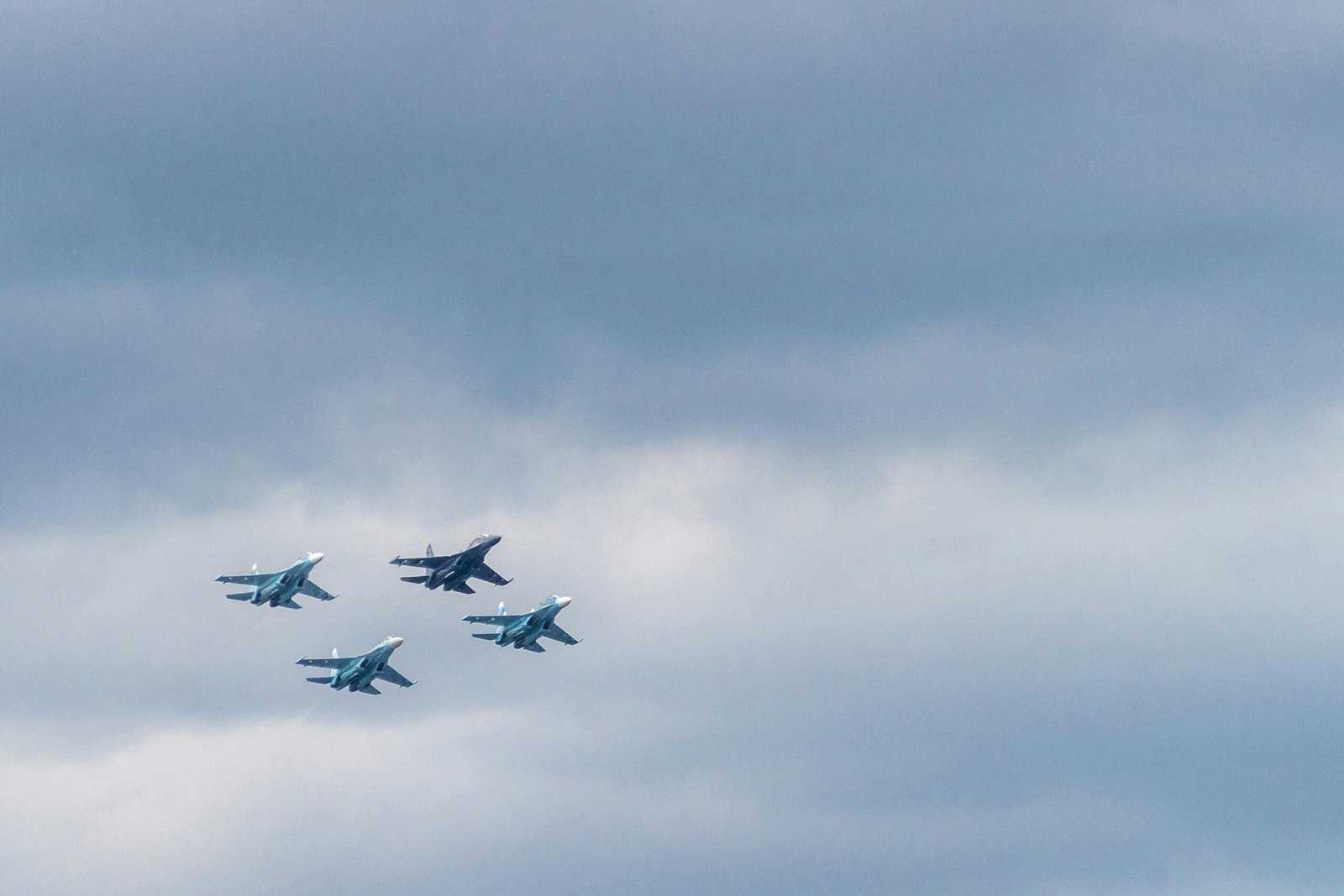Introduction
Throughout history, tanks have played a pivotal role in modern warfare, offering unmatched firepower and protection. This blog post will highlight the top 5 tanks in the world, showcasing their unique capabilities and contributions to military strategies.
Leopard 2A7
The German-made Leopard 2A7 is renowned for its supreme firepower, advanced armor protection, and excellent maneuverability. Equipped with a powerful 120mm smoothbore gun, cutting-edge composite armor, and state-of-the-art electronic systems, it is one of the most formidable tanks in the world.
Abrams M1A2 SEP V3
The American Abrams M1A2 SEP V3 is a staple of the U.S. military. This tank features advanced armor, a formidable 120mm cannon, and enhanced electronic warfare capabilities. The M1A2 SEP V3’s versatility and rugged design make it a critical asset on the battlefield.
T-14 Armata
The Russian T-14 Armata stands out with its revolutionary design, featuring an unmanned turret and cutting-edge automation. Equipped with a 125mm smoothbore cannon and active protection systems, it represents the next generation of Russian main battle tanks, blending high survivability and lethal firepower.
Challenger 2
The British Challenger 2 is lauded for its exceptional durability and powerful 120mm rifled gun. The tank’s composite armor is regarded as one of the most effective in the world, and its reliability in various combat scenarios has earned it a solid reputation.
Leclerc
France’s Leclerc tank is known for its speed, precision, and advanced fire control systems. Armed with a 120mm smoothbore gun and sophisticated targeting technologies, the Leclerc offers a fine balance between offensive capabilities and agility, making it a formidable competitor on any battlefield.
Conclusion
In conclusion, these top 5 tanks have set benchmarks in modern warfare. Their unique features and advanced technologies ensure they play crucial roles in the defense strategies of their respective nations. As military technology continues to evolve, these tanks will undoubtedly undergo further enhancements, cementing their positions as dominant forces on the battlefield.

